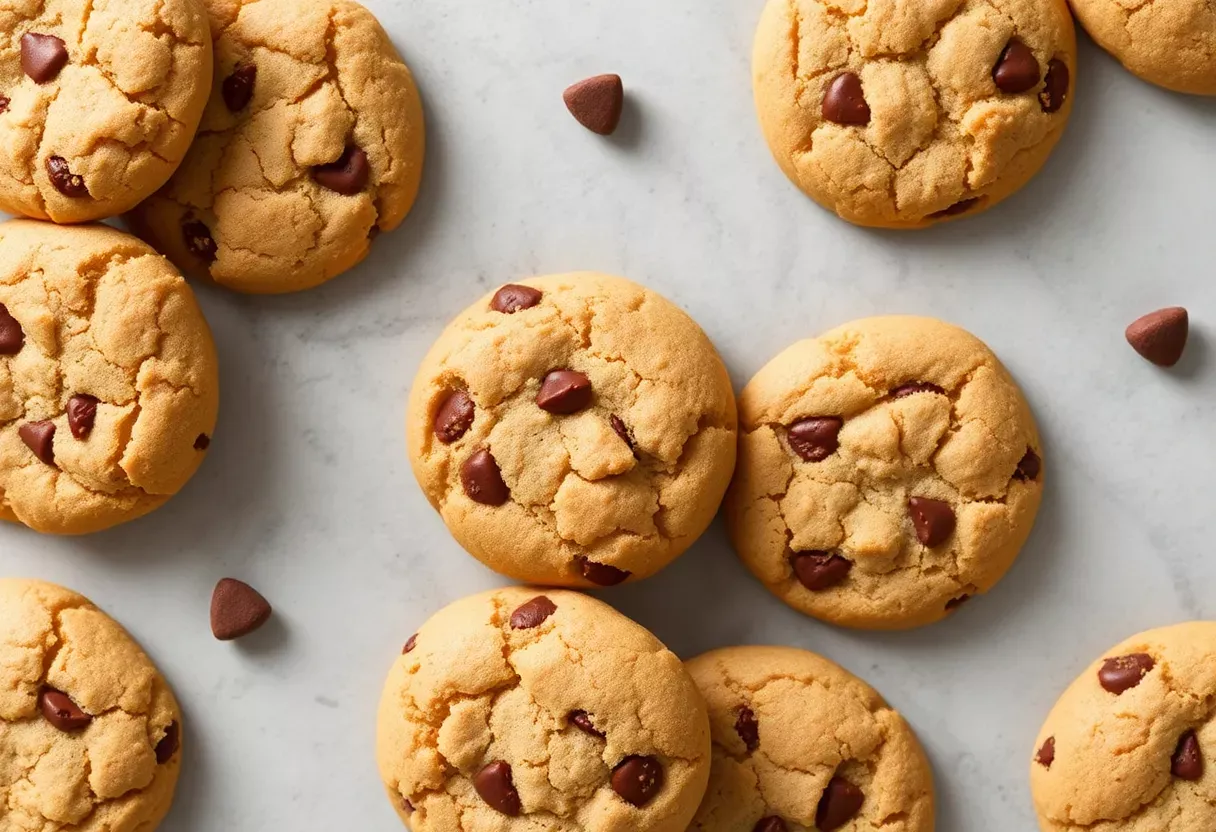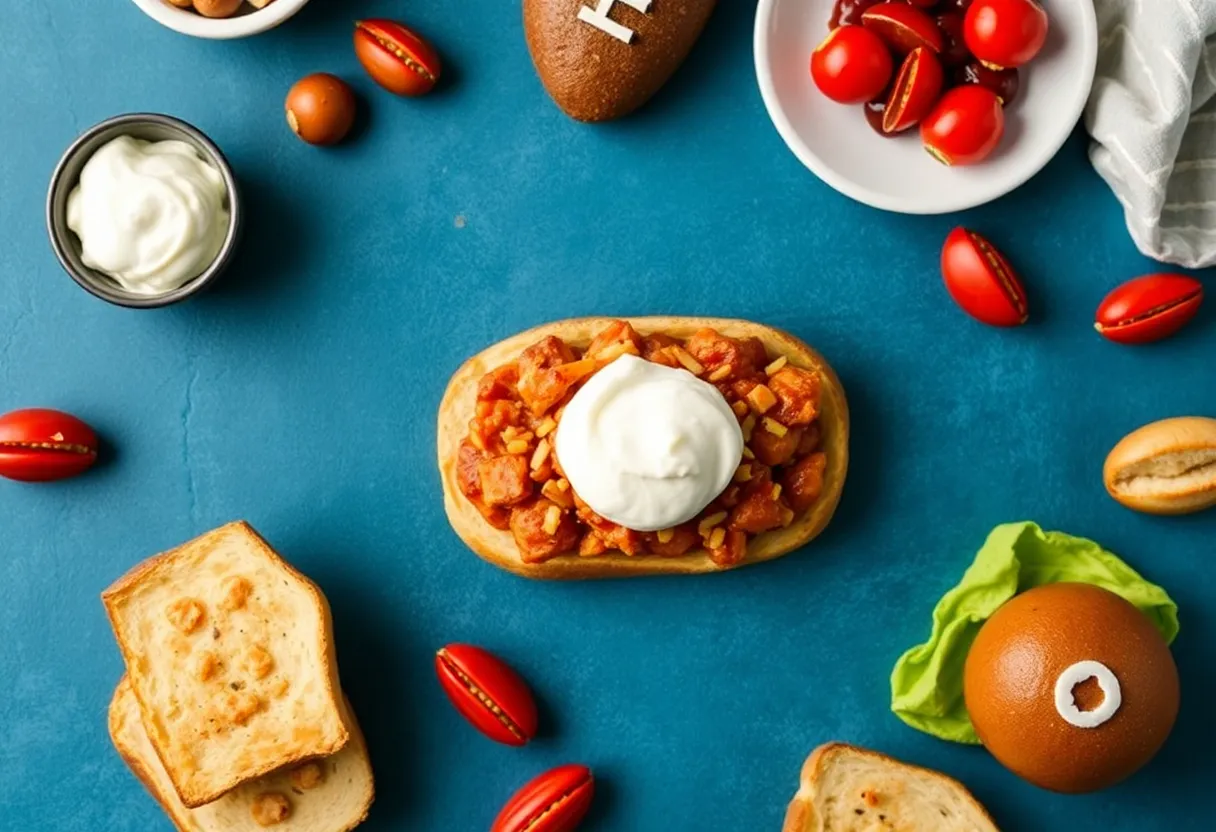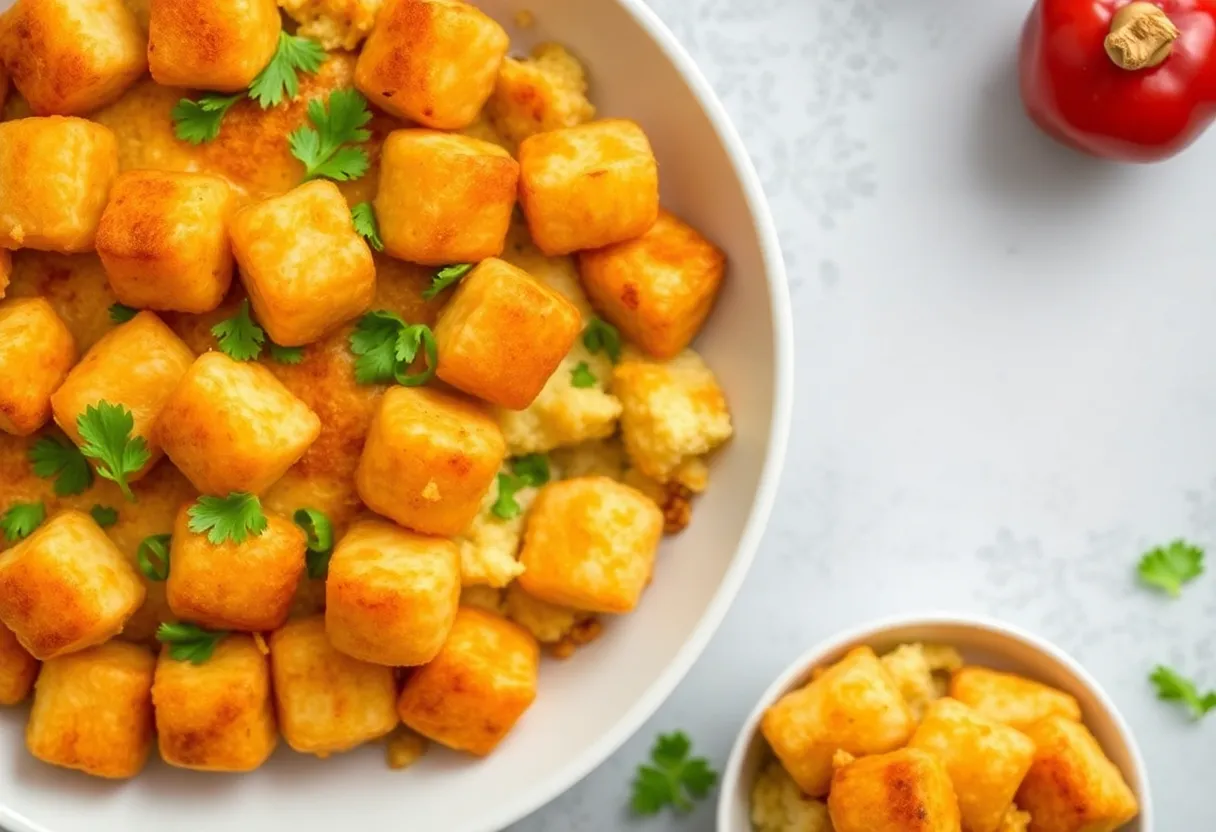Let’s be real—gluten-free doesn’t have to taste like cardboard. This flatbread recipe is the game-changer you didn’t know you needed. Soft, chewy, and ridiculously easy to make, it’s the answer to your sandwich, wrap, or “I just want bread” cravings.
No fancy equipment, no 12-hour waits, just deliciousness in minutes. Why settle for store-bought gluten-free “bread” that cracks under pressure? This recipe works, and it’s stupidly simple.
Ready to upgrade your kitchen game?
Why This Recipe Slaps
Most gluten-free flatbreads crumble faster than your New Year’s resolutions. Not this one. The secret?
A blend of rice flour and tapioca starch for the perfect chew, plus a hit of psyllium husk to keep it flexible. No gums, no weird aftertaste—just clean ingredients that actually work. It’s also vegan-friendly (because why not?) and cooks in under 10 minutes.
Meal prep hero or last-minute savior, this bread won’t judge you.
Ingredients You’ll Need
- 1 cup rice flour (white or brown, but white gives a softer texture)
- ½ cup tapioca starch (don’t skip this—it’s the magic glue)
- 1 tsp psyllium husk powder (or xanthan gum if you’re desperate)
- ½ tsp salt (because flavor matters)
- 1 tbsp olive oil (or any oil that won’t ruin your life)
- ¾ cup warm water (not boiling, unless you enjoy doughy disasters)
Step-by-Step Instructions
- Mix the dry ingredients. Whisk rice flour, tapioca starch, psyllium husk, and salt in a bowl. Pretend you’re a scientist. It helps.
- Add the wet stuff. Drizzle in olive oil and warm water.
Stir until it looks like a shaggy mess—this is normal.
- Knead for 1 minute. Yes, just 60 seconds. Overworking the dough turns it into rubber. Nobody wants that.
- Rest the dough. Cover it and let it sit for 5 minutes.
This isn’t optional unless you enjoy tearing bread.
- Divide and roll. Split the dough into 4 balls, then roll each into a thin circle. Pro tip: Use parchment paper to avoid sticky rage.
- Cook it. Heat a skillet over medium, cook each flatbread for 2–3 minutes per side. Look for golden spots—that’s your cue to flip.
How to Store This Masterpiece
Let the flatbreads cool completely unless you enjoy soggy sadness.
Store them in an airtight container with parchment paper between layers. They last 3 days at room temp or 1 week in the fridge. To reheat, toss them in a dry skillet for 30 seconds.
Microwaving works, but it’s a gamble—like dating apps.
Why You Should Make This Yesterday
Gluten-free but not taste-free. Faster than ordering delivery. Cheap AF compared to store-bought “artisan” gluten-free bread.
Also, you control the ingredients—no mystery additives or unpronounceable preservatives. Win-win-win.
Common Mistakes to Avoid
- Using cold water. Warm water activates the psyllium husk. Cold water = sad, crumbly bread.
- Rolling too thick. This isn’t pizza.
Aim for ⅛-inch thickness, or you’ll get doughy centers.
- Overcooking. Golden spots = good. Charred spots = you messed up.
- Skipping the rest time. Impatience leads to tears—literally, when the bread rips.
Swaps and Subs (Because Life Happens)
No tapioca starch? Arrowroot powder works in a pinch. Rice flour not your thing?
Try sorghum flour for a nuttier flavor. Psyllium husk MIA? Chia seeds (1 tbsp ground + 3 tbsp water) can save the day. Just don’t sub all the things at once—this isn’t a free-for-all.
FAQs Because You’re Curious
Can I freeze this flatbread?
Absolutely.
Freeze between parchment paper layers for up to 2 months. Thaw at room temp or reheat straight from frozen.
Why isn’t my dough stretchy?
You probably measured the psyllium husk wrong or used cold water. Check your math and try again.
Can I make this without oil?
Technically yes, but the texture will be drier.
IMO, it’s worth the 1 tbsp of oil.
Why does my flatbread taste gummy?
You overcooked it or used too much psyllium husk. Follow the recipe next time, chef.
Final Thoughts
This gluten-free flatbread is the culinary equivalent of finding money in your pocket—unexpected and awesome. It’s flexible, fast, and foolproof (unless you ignore the instructions).
Ditch the overpriced store-bought stuff and make your own. Your taste buds—and your wallet—will thank you.






